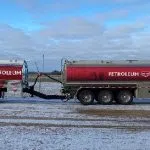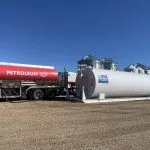
Saskatchewan’s uranium and potash industries set production records in 2024
Saskatchewan’s potash and uranium industries broke records for production in 2024, while the province’s uranium industry also set a new sales record.
According to the Saskatchewan Ministry of Energy and Resources, uranium production reached a new record high of 16.7 thousand tonnes last year, representing an increase of 28 per cent over 2023, and uranium sales also reached a new high of $2.6 billion.
“The strong growth of our world-class uranium industry is great news for Saskatchewan,” Colleen Young, the province’s energy and resources minister, said in a statement.
“With our abundant, high-quality reserves and stable regulatory approach to resource development, our government is very optimistic about Saskatchewan’s increasing role in global energy security in the coming years. We expect uranium production will continue to rise with the McClean Lake mine resuming operations this year and other major projects approaching construction.”


